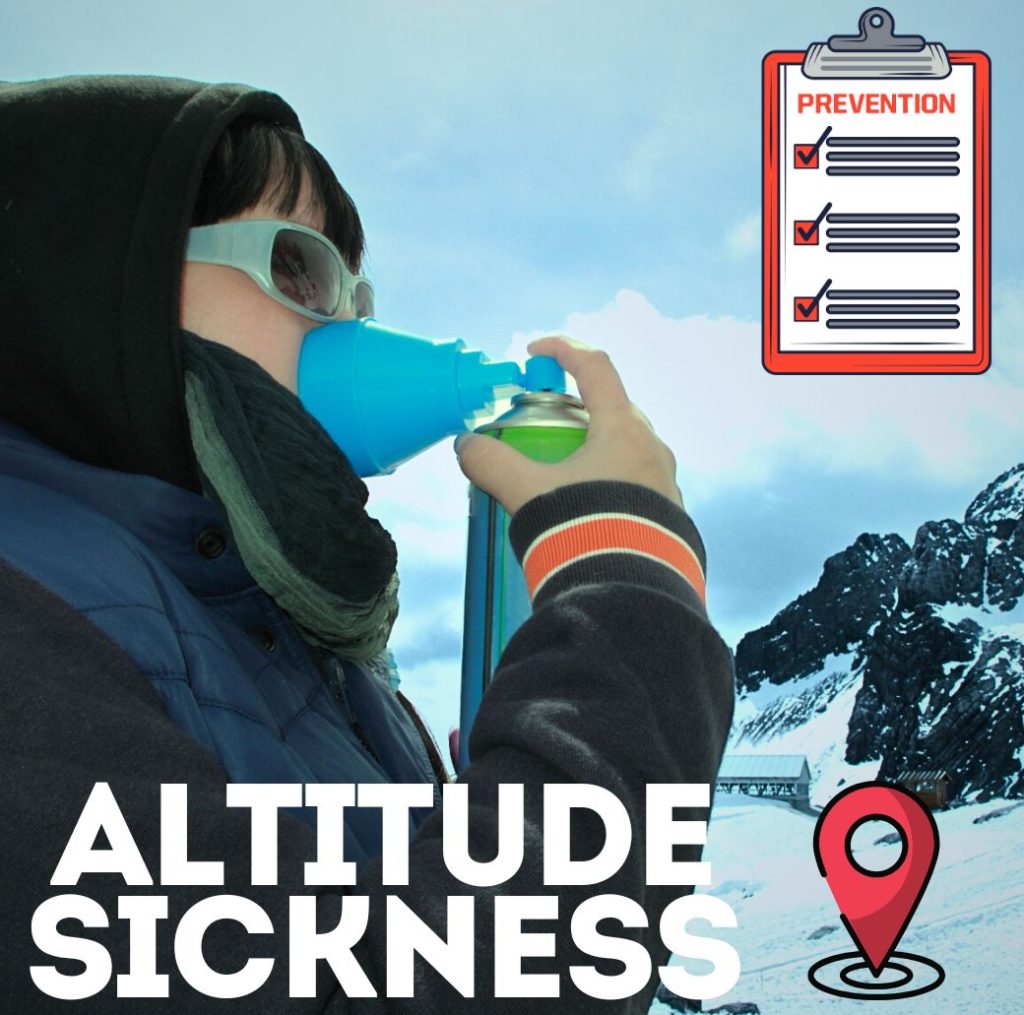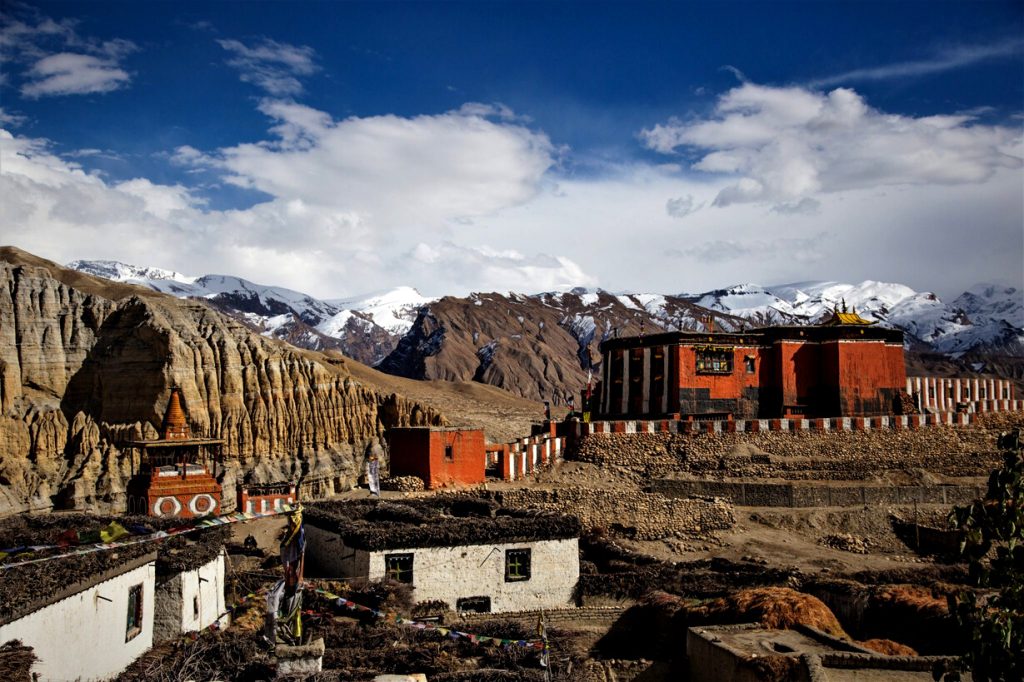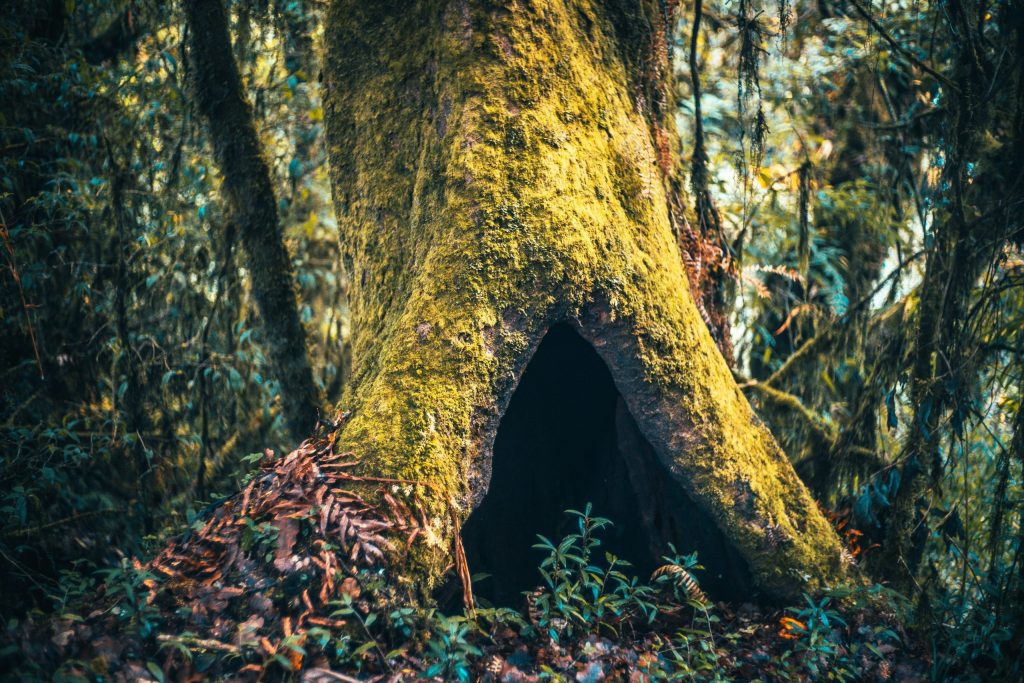A Guide to Understanding and Managing High-Altitude Challenges

Altitude sickness, or Acute Mountain Sickness (AMS), is a critical consideration for anyone trekking Nepal’s renowned high-altitude trails, including routes to Everest Base Camp, the Annapurna Circuit, and Langtang Valley. As you ascend, atmospheric pressure decreases, thinning the air and reducing the oxygen available to breathe. This change forces the body to adapt, and without proper measures, altitude sickness can become a serious threat, potentially progressing to life-threatening conditions such as High-Altitude Pulmonary Edema (HAPE) and High-Altitude Cerebral Edema (HACE).
For trekkers in Nepal, being informed about altitude sickness is essential. This guide covers what altitude sickness is, why it occurs, and its symptoms. We will explore effective strategies for prevention and practical tips on treatment, equipping you to recognize warning signs early and respond appropriately. With this knowledge, you can trek with confidence, minimizing risk and maximizing enjoyment as you journey through Nepal’s breathtaking landscapes.
What is Altitude Sickness?
Altitude sickness, also known as acute mountain sickness (AMS), occurs when your body struggles to adapt to the lower oxygen levels at higher altitudes. As you ascend to elevations above 2,500 meters (8,200 feet), the air pressure drops, reducing the amount of oxygen available. This reduced oxygen can impact your body’s normal functions, leading to various symptoms.
Why Does Altitude Sickness Occur?
The primary cause of altitude sickness is the decrease in atmospheric pressure and oxygen levels as altitude increases. At sea level, the body gets a steady supply of oxygen through respiration. But as you go higher, the oxygen molecules in the air become fewer, even though the percentage of oxygen remains constant. This sudden decrease in oxygen availability forces your body to work harder to maintain its vital functions, which can trigger symptoms if the body cannot adjust quickly enough.
Symptoms of Altitude Sickness
Altitude sickness can affect individuals differently, but some common symptoms include:
- Mild Symptoms: Headache, nausea, dizziness, fatigue, loss of appetite, shortness of breath.
- Moderate Symptoms: Severe headache, lack of coordination, difficulty breathing, vomiting.
- Severe Symptoms (AMS, HAPE, and HACE): Confusion, rapid heart rate, and swelling in the lungs or brain, which can be life-threatening.
How to Prevent Altitude Sickness
- Ascend Gradually: Don’t rush—limit your climb to 300-500 meters per day above 3,000 meters.
- Stay Hydrated: Drink plenty of water and avoid alcohol.
- Take Acclimatization Days: Allow your body to adapt by scheduling rest days at higher elevations.
- Medication: Consult a doctor about using preventative medications like acetazolamide (Diamox).
Treatment Options
If symptoms develop, descending to a lower altitude is key. Rest, hydration, and oxygen therapy can help alleviate symptoms. For severe cases, evacuation may be necessary.
Understanding AMS, HAPE, and HACE
- Acute Mountain Sickness (AMS): AMS can occur within a few hours of ascent, with symptoms such as headache, nausea, and fatigue. It’s manageable with rest, hydration, and mild medication if needed.
- High-Altitude Pulmonary Edema (HAPE): HAPE is a potentially fatal condition where fluid builds up in the lungs. Symptoms include severe breathlessness, cough, and chest discomfort. Descending quickly and seeking medical help are critical.
- High-Altitude Cerebral Edema (HACE): HACE is life-threatening and occurs when fluid collects in the brain, causing confusion, dizziness, and loss of coordination. Immediate descent and medical assistance are essential.
Altitude sickness is a serious yet manageable challenge for trekkers exploring high-altitude trails, not only in Nepal but in any mountainous region around the world. Understanding the causes, recognizing early symptoms, and following effective preventive measures will empower you to navigate these stunning landscapes safely.
At Nira Travels, we prioritize your safety and enjoyment on every trek. Our expert guides are trained to help you acclimatize properly, monitor your well-being, and ensure you are prepared for the unique challenges of high-altitude trekking. Whether you are traversing the majestic heights of the Himalayas or any other mountainous terrain, staying informed and prepared is essential. With the right knowledge and support, you can confidently tackle high-altitude adventures and fully immerse yourself in the breathtaking beauty of nature. Let Nira Travels be your partner in creating unforgettable trekking experiences, wherever your journey takes you.





